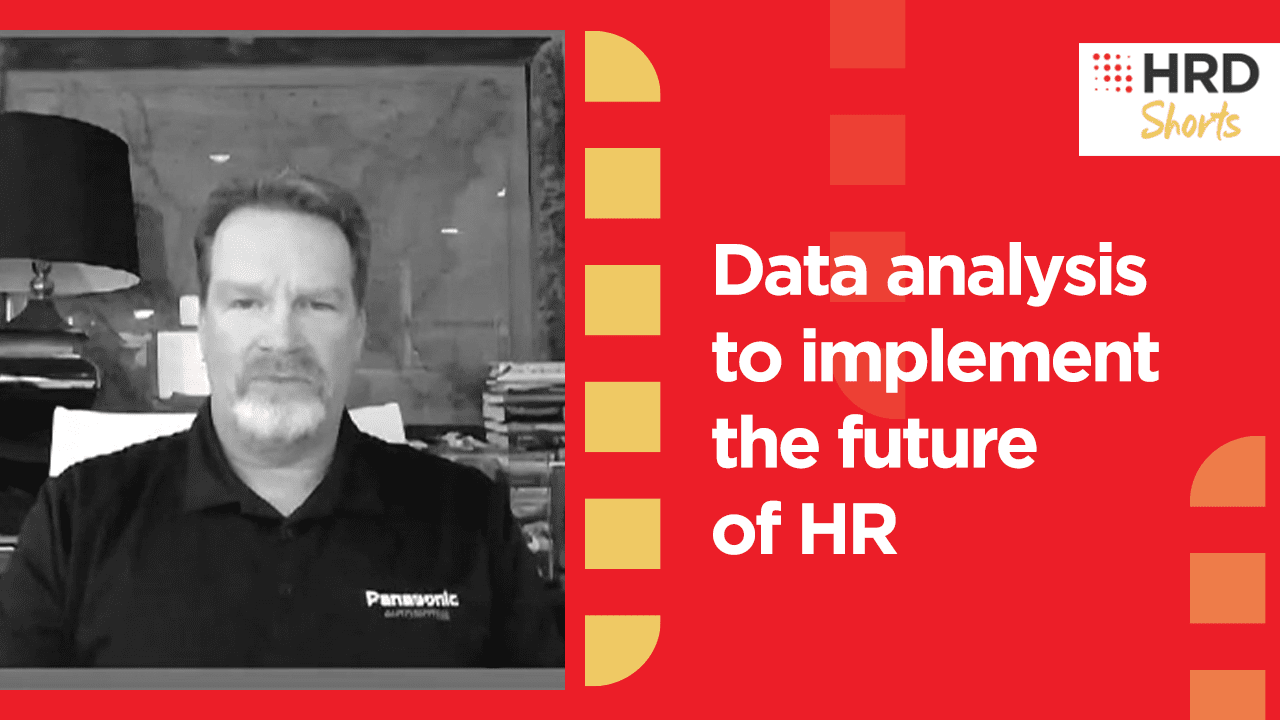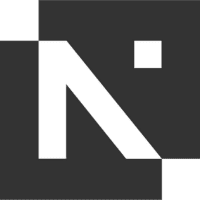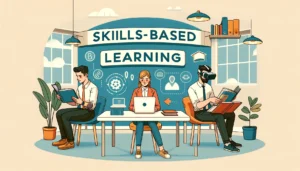Data analysis to implement the future of HR
- 1 Min Read
Expediting business transformation to adopt HR 3.0 is the need of the day. Join Stephen Childs as he explains why using data and having the right data infrastructure is essential to accelerate your businesses’ HR function and digital transformation to HR 3.0.
- Author: Neville Chesan
- Date published: Jul 25, 2022
- Categories

Seven out of 10 HR executives say that HR is ripe for reinvention, but a study conducted by IBM shows that only 10% of them are at 3.0 today. Data analytics and People analytics that will facilitate this HR transformation are therefore crucial to adopt.
Data analytics can help leadership turn manual tasks into digital and leverage data on a real-time basis. Data analytics in HR will also assist decision-makers to use and look at information predictively to ascertain issues, and form strategic decisions.
Stephen Childs is the Vice President/CHRO at Panasonic Automotive, which is a $2.9 billion global leader in the OEM Infotainment space with over 7500 employees. He also serves on the Executive Committee and Board of Directors for the Fayette Chamber, and he is also on the Board of Advisors for the Metro Atlanta Chamber. He is a global keynote speaker on Company Culture, Performance Engagement, and Leadership.
Timestamps:
0.07 – 0.44: Global Mercer HR Trends and the ability to manage data to accelerate the journey towards HR 3.0
0.45 – 0.00: HR 3.0 survey by IBM, their findings and need for Data/People Analytics
1.16 – 0.00: Project by Panasonic to turn the manual process into digital and how to look at data predictively
2.38 – 3.15: Change Management








